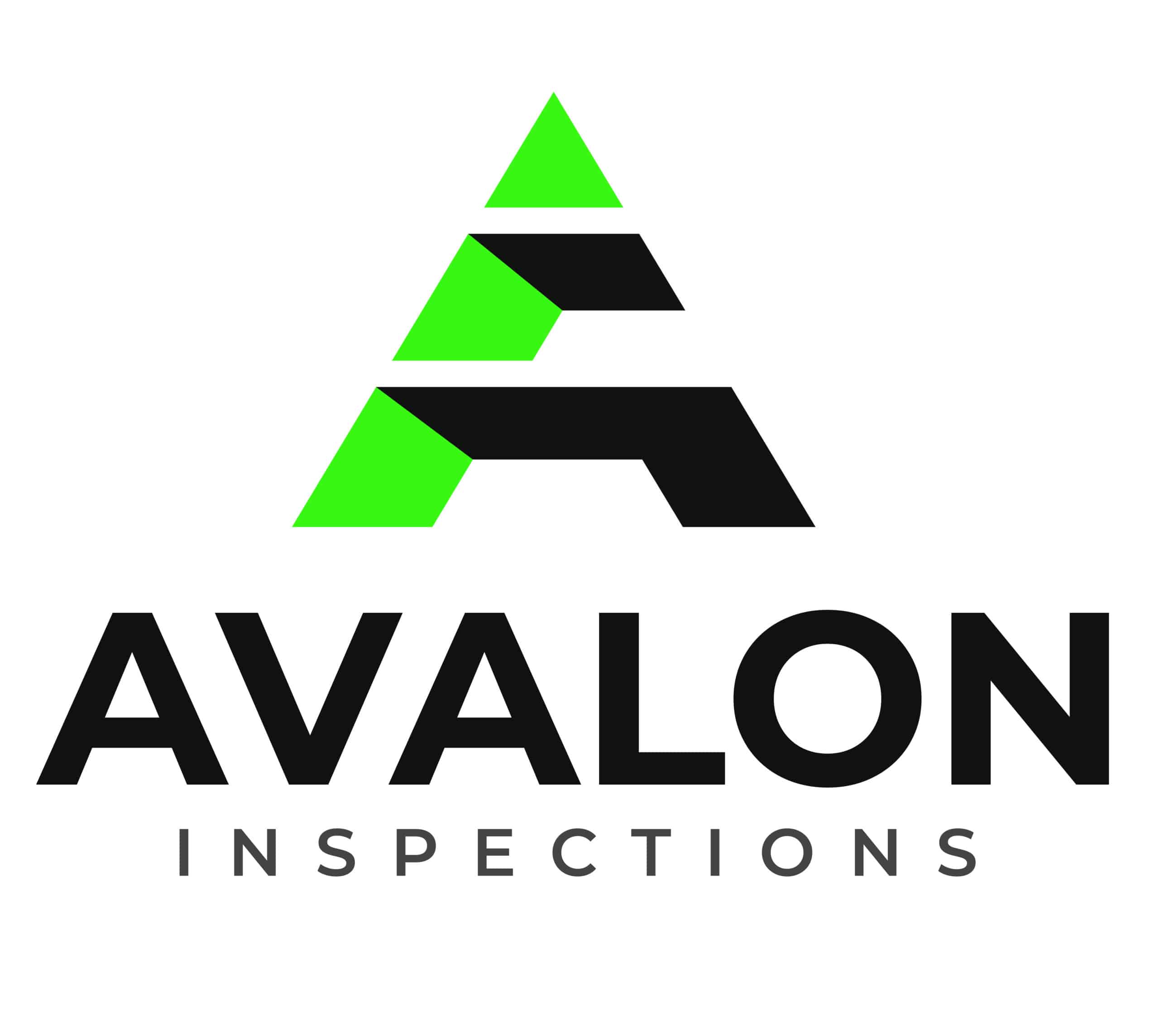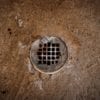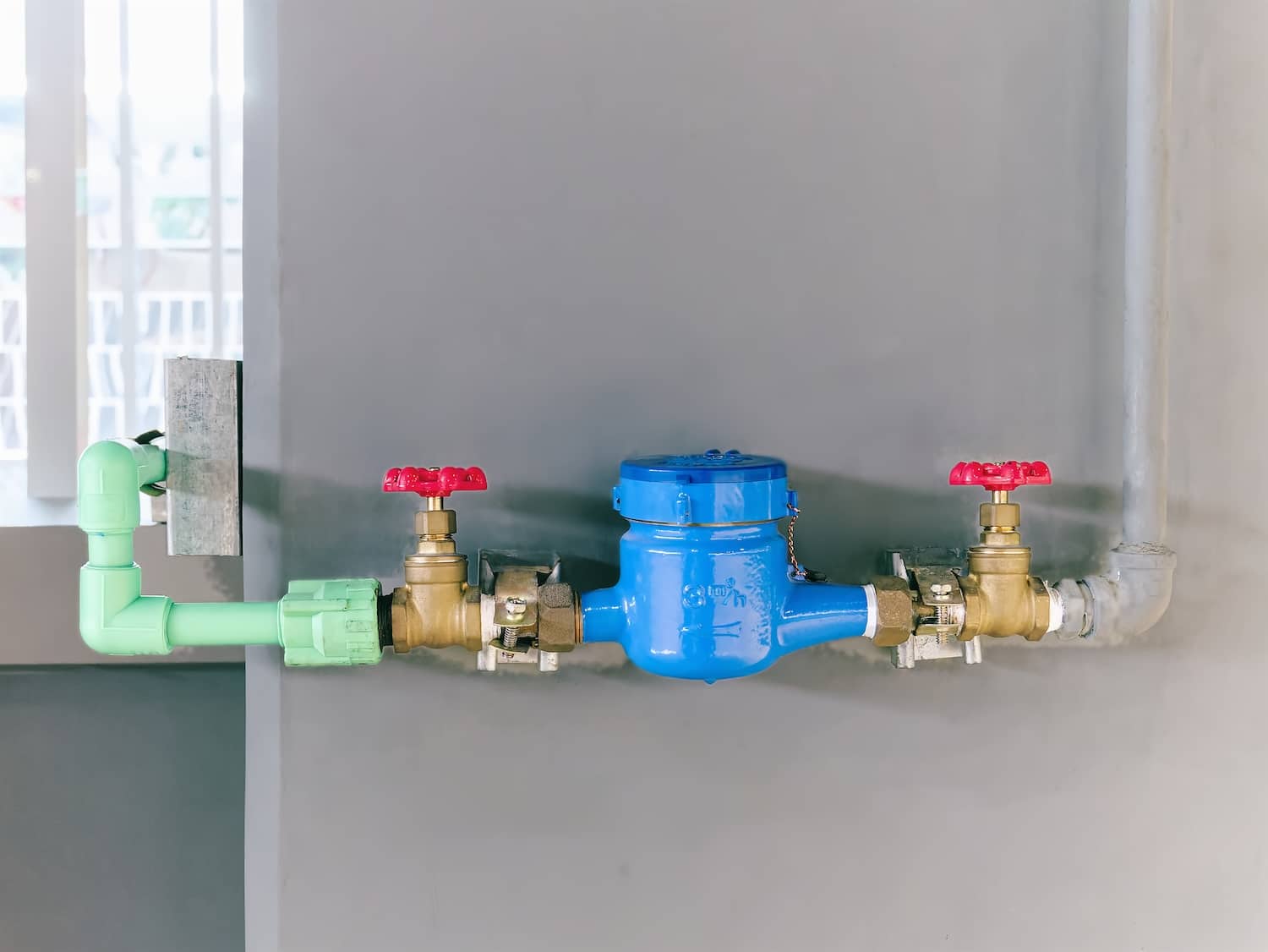
A plumbing emergency can happen without warning. In those moments, knowing how to shut off your main water supply at the valve (and fast) can make all the difference.
Many homeowners don’t know where their main water shutoff valve is until they need it. This guide covers when your main water shutoff valve matters, how to find it and use it, and what other home systems you should check to stay prepared.
What Is the Main Water Shutoff Valve?
Your main water shutoff valve controls the flow of water from your city or well supply into your home. When it’s turned off, all water to sinks, appliances, and plumbing fixtures stops.
This valve becomes critical in situations like:
- A burst pipe – A frozen or damaged pipe can send gallons of water rushing into your home.
- Major leaks – If a pipe behind a wall, under the sink, or in the ceiling starts leaking, shutting off the water can prevent further damage.
- Plumbing repairs – Some projects, like replacing a faucet or fixing a toilet, require shutting off the main water supply.
- Extended absences – Turning off the water before leaving for vacation can prevent unexpected leaks while you’re away.
Where to Find Your Main Water Shutoff Valve
Most homes have a main water shutoff valve located near where the line enters the house. The location depends on the home’s design and age.
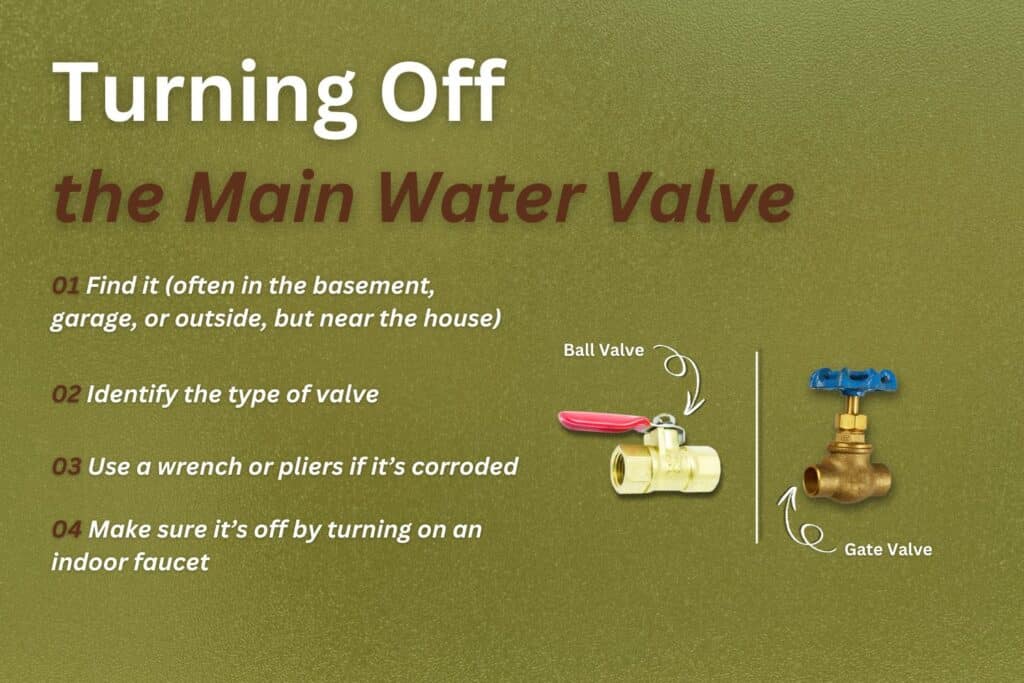
Where to Look:
- Inside the house – Often found in basements, crawl spaces, utility rooms, garages, or near the water heater.
- On an exterior wall – If your home is built on a slab, check outside along the perimeter.
- Near the street – Some homes rely on a shutoff valve at the water meter, which is usually in a covered box near the curb.
If you live in a newer home, the main water shutoff valve is likely in a standard location near the front of the house. In older homes or remodels, the location can vary.
If you’re unsure, a home inspection can help locate and assess it.
How to Turn Off Your Main Water Shutoff Valve
Once you’ve found the valve, follow these steps to turn off the water safely:
Step 1: Identify the Valve Type
- Gate valve (round handle) – Turn the handle clockwise until it stops.
- Ball valve (lever handle) – Turn the handle 90 degrees so it’s perpendicular to the pipe.
Step 2: Use Tools if Necessary
- If the valve is stiff, corroded, or difficult to turn, you may need a wrench or pliers.
- If the valve is completely stuck, avoid using too much force, as this can cause damage.
Step 3: Check That the Water Is Off
- Turn on a faucet inside the house to confirm the flow has stopped.
- If water still runs, there may be another shutoff valve further up the line, or the valve itself may need replacing.
If your shutoff valve isn’t working properly or is leaking, it may be time to replace it.
Other Systems to Check for Emergency Readiness
Your main water shutoff valve isn’t the only system in your home that plays a role in emergencies. Knowing where to find and how to use these can help you act quickly when needed.
Gas Shutoff Valve
- If your home has natural gas, locate the main shutoff valve near the gas meter or at individual appliances.
- Shutting off the gas may be necessary in case of a leak or major home repair.
Electrical Panel
- Your home’s breaker box allows you to shut off electricity to specific areas or the entire home.
- If a circuit trips or an electrical issue occurs, knowing where your panel is can help prevent damage or fire risks.
Water Heater Shutoff
- If your water heater leaks or needs repairs, you may need to turn off both its water and power supply.
- Gas water heaters also have their own shutoff valve.
Sump Pump or Drainage Systems
- Homes with basements often rely on sump pumps to prevent water damage.
- Regularly check that your sump pump is working, especially before heavy rain.
Smoke & Carbon Monoxide Detectors
- These aren’t plumbing-related, but they’re essential safety features that should be tested regularly.
- Check batteries and placement to ensure they provide proper coverage.
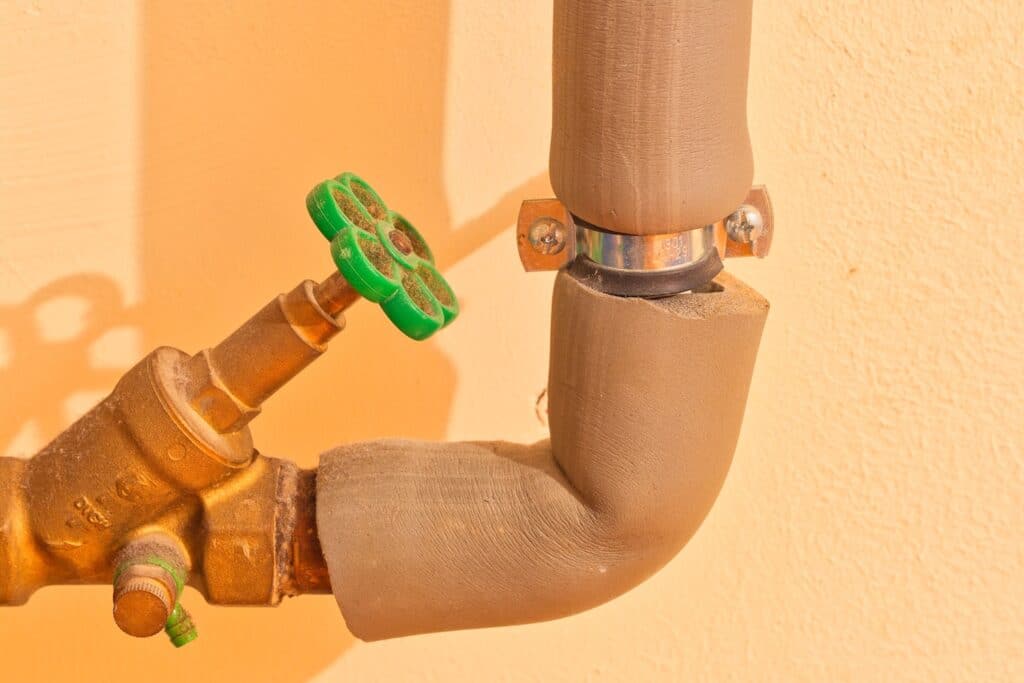
When to Call a Professional
Most homeowners can locate and operate their main water shutoff valve, but some situations require a professional inspection to ensure your home’s plumbing is in good shape.
Consider having a professional assess your home if:
- The shutoff valve is hard to turn, leaking, or corroded – A failing valve could indicate aging plumbing that might need attention.
- There are signs of water damage or moisture issues – Stains, mold, or unexplained dampness could point to hidden leaks that need further inspection.
- You’re buying a home – A home inspection can confirm the location and condition of the shutoff valve, along with the overall plumbing system.
- You’re preparing for home maintenance or renovations – If you’re planning updates that involve plumbing, knowing the state of your water shutoff and other key systems can help prevent surprises.
Conclusion
Every homeowner should know where their main water shutoff valve is and make sure it works. Taking a few minutes to locate and test your shutoff valve now can save you from water damage, costly repairs, and unnecessary stress!
If you’re unsure about its location, condition or want an inspection to check for hidden plumbing concerns for easier home maintenance, buying, or selling, Avalon Home Inspections can help in Atlanta and surrounding areas.
